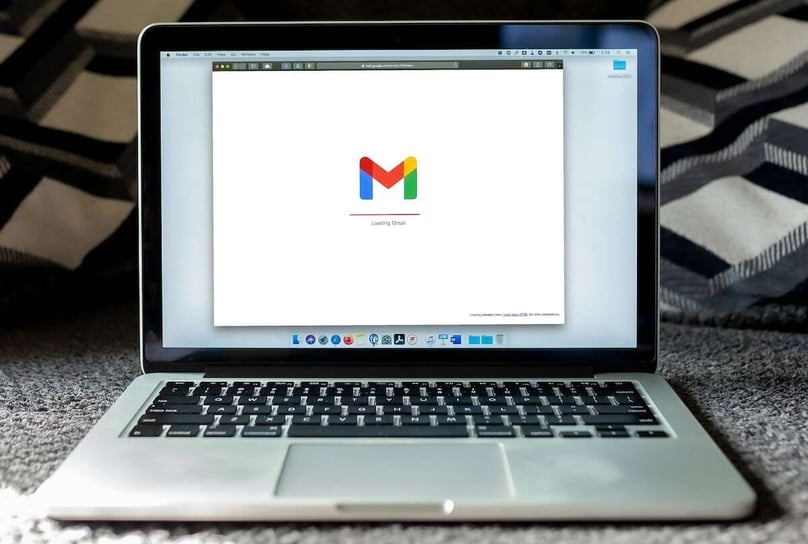
First off, what is a CMS?
CMS is an acronym for Content Management System. More often than not, a CMS is a web application developed to collect and edit pertinent data in order to create informative content. It also makes the webmaster’s life significantly easier by supporting them in their daily operations. CMSs generally offer Drafting content capture, Versioning, Content Authoring, group permission management, etc.
Typically, a CMS is divided into two large components. The first is the Content Management Application, and the second is the Content Delivery Application. In a traditional CMS such as WordPress or Craft CMS, these two components interact closely with each other within the same source code.
Headless CMS vs the Traditional Method
In a website model built according to the original method, the data supplies the visual template and normally comes from the database. The content management component supplies the database and the delivery component consumes the data. Traditionally, this method allows the creation of pages through the use of templates which are personalized using the CMS’s code. It is precisely here that the back-end development meets the front-end (visual) development.
The code developed for the visual (front-end) must follow and adapt itself to the one developed to receive the data (back-end). Eventually, the front-end code will have to be mostly modified at the same time as the remodel or update of the CMS when it is required.
Furthermore, sometimes the data contained in the CMS must be supplied in raw form to systems that don’t need a visual. You therefore have to be able to extend the CDA’s functionalities by providing raw data, and not only through pages generated using templates. In these specific cases, it is possible to add access points (or endpoints) to the CMS that can expose this coveted data.
Why Should you Use a Headless CMS?
Imagine the following situation:
An enterprise in the retail industry known for the client experience they provide in store wants to move forward and provide a similar online experience to their clients. They want to go down the multichannel route with their digital strategy, and eventually bring their experience in the omnichannel direction. They also want all the marketing efforts to be done on a single platform, and for communications to be sent simultaneously to all of their clients, regardless of the method of communication they signed up for. Additionally, they would like to uniformly adapt their marketing seasonally on all their social media platforms.
To avoid this project becoming too big, both from a management standpoint as well as the system itself, we advise a more detached architecture for the CMS component.
In a case like this, an architecture which includes a Headless CMS will contain all the information relative to the enterprise’s website, subtitles, mobile applications, as well as marketing and commercial communications. Web applications, connectors, or third-party APIs will be able to easily connect to it. The generation of the pages for the websites will however not be done in the CMS, but rather using a front-end web application developed separately that consumes the information coming from the CMS. Basically, a Headless CMS is an API with a content management interface that only manages data delivery.
If one of the solutions connected to it needs to be updated, edited, or remodeled completely, the CMS will be minimally, if at all, impacted. This will not be the case when using the traditional method where page generation is closely linked to the CDA. A well-planned and well-maintained Headless CMS can easily survive 2, 3, or even 4 website remodels without needing to be redone. Furthermore, keeping the same CMS minimizes data importation problems as no other content data sources will need to be created in order to accommodate the visual layer.
Considerations
In a case such as the one exemplified above, it will be more profitable long term for the enterprise to invest in a Headless CMS. A larger initial investment should be expected for the first project, as it will need more analysis and coordination to put into place. However, there is a strong chance that the CMS solution will be more robust, flexible, less expensive to maintain medium/ long term, and of better quality.
Although the example above mentions a large system, it is completely possible to develop a website that uses a Headless CMS in order to ensure it withstands the test of time. A CMS that allows for evolution through its Headless quality will be able to be enriched as the enterprise grows and technology evolves.
In order to conclude Headless CMS development projects, certain conditions need to come together:
- It will help you to save costs long term, but will require an investment in the beginning.
- The requirements must be communicated, understood, and respected by all the stakeholders throughout the duration of the project.
- The dynamic of the team must be taken into account (coordination, roles and responsibilities, skills sets, etc.).
- The front-end will carry the website; developers will therefore have to take on more challenges and responsibilities than when using the traditional model.
- It is better to plan caching mechanisms from the start.
Even if projects that use a Headless CMS require more knowledge and expertise, it is worth it to weigh the pros and cons. A Headless CMS could create great added value to your digital and strategic solutions. The Headless CMS is an investment to ensure a pleasant and performant future.
Don’t hesitate to communicate with our team to find out more. We will be happy to advise you!
.png?width=309&name=Untitled%20(504%20x%20309%20px).png)
.png?width=1379&name=Aspect%20(1).png)



